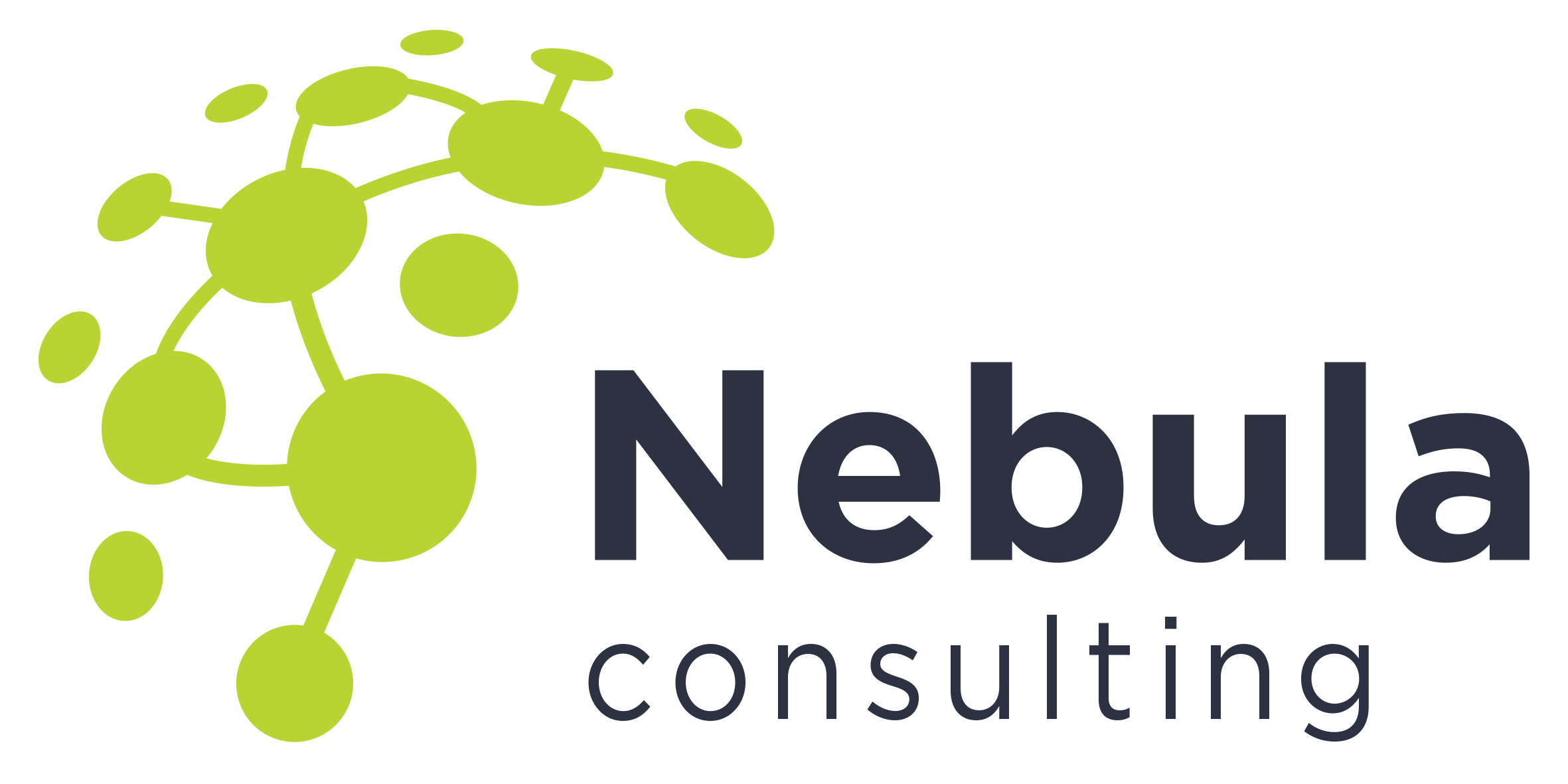Creating engaging content can help guide and ultimately convert prospects into paying customers. But what content is appropriate for each stage of your funnel? And what kind of messaging should we be pushing at each of those stages?
Top of the funnel
What is it?
This is where you will have the largest number of prospects who may be interested in what you have to offer. Most of them won’t convert into paying customers, but we can use content to work out who the potential paying customers are, and weed out those who won’t convert.
What content should you use?
Prospects at the top of the funnel are most likely doing a bit of research, and won’t be ready for any hard-hitting sales content just yet. They may not be ready to buy, however, you can create content that answers their questions and helps them learn more about what you have to offer.
Examples of content are:
- Blog content
- Gated content (e.g. whitepapers, guides)
Gated content is a brilliant way to capture information about your leads. If you’re using Pardot, you can also enable progressive profiling on your Pardot forms to help gather more data. Once you’ve captured an email address, you can start targeting these prospects with email marketing.
Middle of the funnel
What is it?
This is the part of your funnel when you have already gathered some basic data about your prospects. You may have their email address and some other basic personal information. Prospects who reach this stage of the funnel have shown interest in your offering, which means you can suggest that these prospects have certain needs or challenges that you may be able to help with.
What content should you use?
This content should be a mix of the same helpful, informative pieces as the top of the funnel content, but with some additional more advanced content. Examples of this content are:
- Videos
- Webinars
- Podcasts
- Interactive content such as quizzes or assessments
You can also think about producing some content that demonstrates the value of your service or product. You need not explicitly ask prospects to purchase at this stage, but you can show them case studies and white papers that show them how you can help.
Bottom of the funnel
What is it?
This is the part of the funnel where you know your prospects want to buy. It’s likely that at this stage they need to know that your product or service is good value, and is better than your competitors. That’s why it’s important that your content at this stage is taken up a notch.
What content should you use?
You’ve already captured your prospects interest when they were at the top of the funnel, you’ve gained their trust in the middle, and now you need to help them make the decision. The following content can help:
- Sales pages
- Product features/highlights
- Vendor comparison guides
- Free consultations or demos
- (If relevant) discount codes and special offers
Having a content strategy is just one element of your marketing automation journey. There are many elements to consider such as getting stakeholder buy-in, and identifying manual processes that can be automated, as well as many others. If you need help getting up and running, get in touch.


